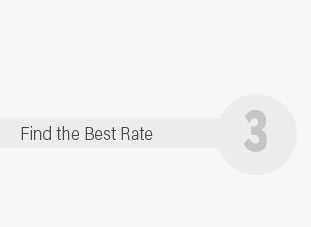 |
 |
 |
|---|
 |
 |
 |
 |
|---|
 |
 |
 |
 |
 |
 |
|---|

|
9q6z48td50r Understanding Full Coverage Car Insurance Cost: An In-Depth GuideWhen it comes to protecting your vehicle, understanding the full coverage car insurance cost is crucial. This guide aims to break down the factors that influence these costs, offering you a clearer perspective. What Does Full Coverage Car Insurance Include?Full coverage car insurance typically combines several types of insurance. Here are the main components:
Each of these components affects the overall cost of your policy. Factors Influencing Full Coverage Car Insurance CostVehicle Type and AgeThe type and age of your vehicle significantly influence your insurance premiums. Newer and luxury cars typically cost more to insure. Driver’s Age and Driving RecordYounger drivers or those with a history of accidents may face higher insurance costs due to increased risk. Geographical LocationYour location can affect insurance rates. Urban areas often have higher rates due to increased traffic and accident likelihood. Consider exploring options for the lowest possible car insurance tailored to your area. Ways to Lower Full Coverage Car Insurance CostsReducing your insurance costs can be achieved through various strategies:
For those considering alternatives, exploring lowest third party car insurance options might be beneficial. FAQs on Full Coverage Car Insurance CostIn conclusion, while full coverage car insurance costs can be significant, understanding the factors and exploring different options can help you find the right balance between coverage and cost. https://www.cbsnews.com/news/is-full-coverage-car-insurance-necessary-pros-and-cons-drivers-should-know/
On the other hand, carrying full coverage may offer you peace of mind knowing that if your car is damaged, your insurance will likely cover most ... https://www.nationwide.com/lc/resources/auto-insurance/articles/how-much-is-car-insurance
According to the American Auto Association (AAA), the average cost to insure a mid-size sedan in 2020 was $1245 a year, or approximately $104 per month. https://www.bankrate.com/insurance/car/average-cost-of-car-insurance-in-texas/
In Texas, full coverage car insurance costs an average of $2,572 per year, while minimum coverage averages $724. Find quotes for your area.
|
|---|